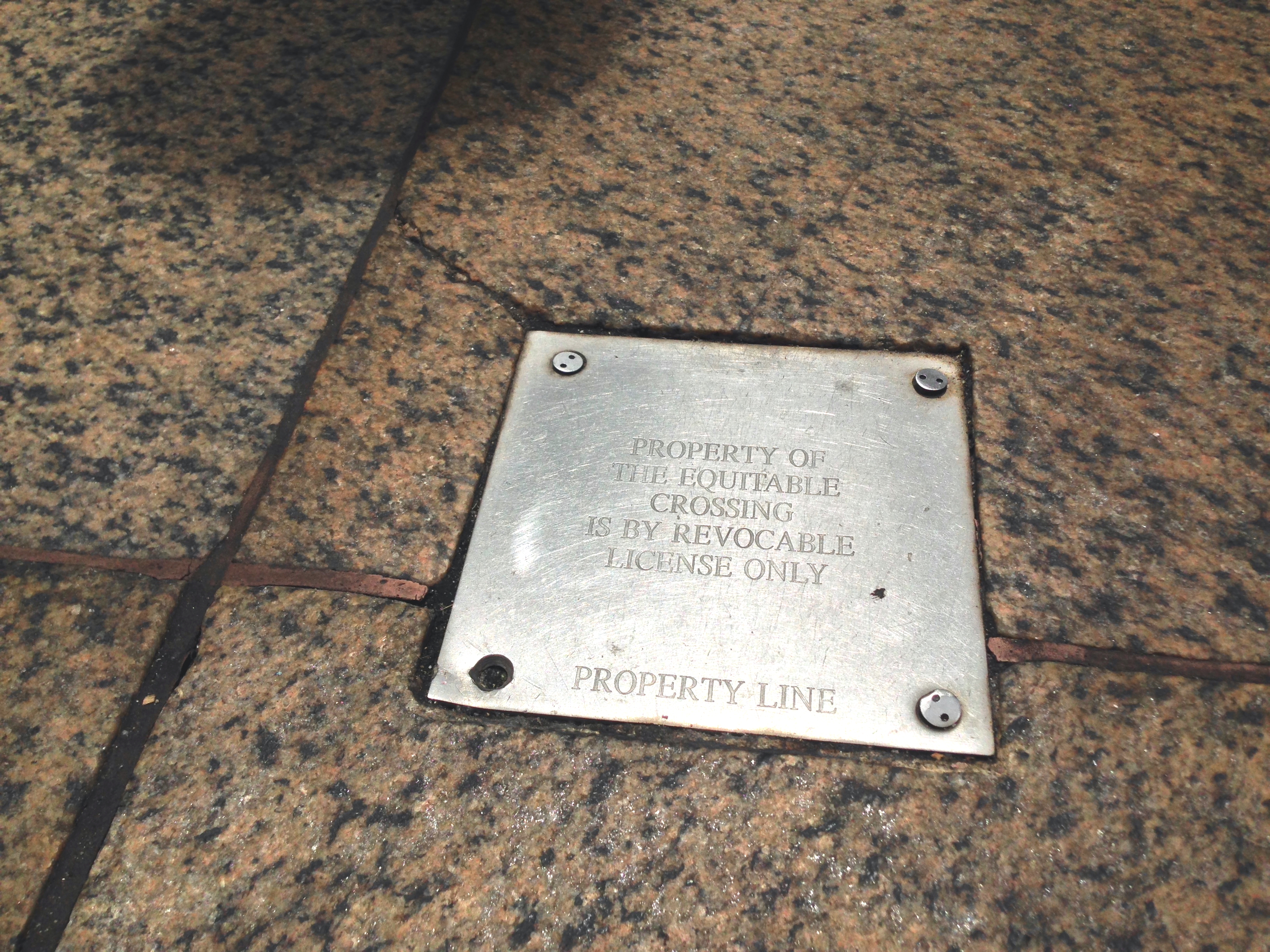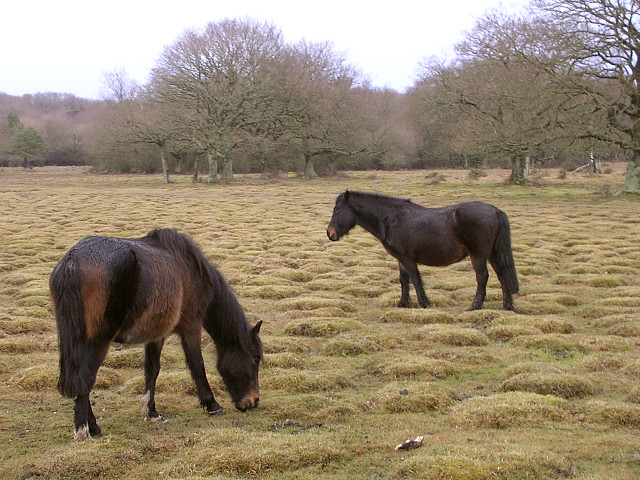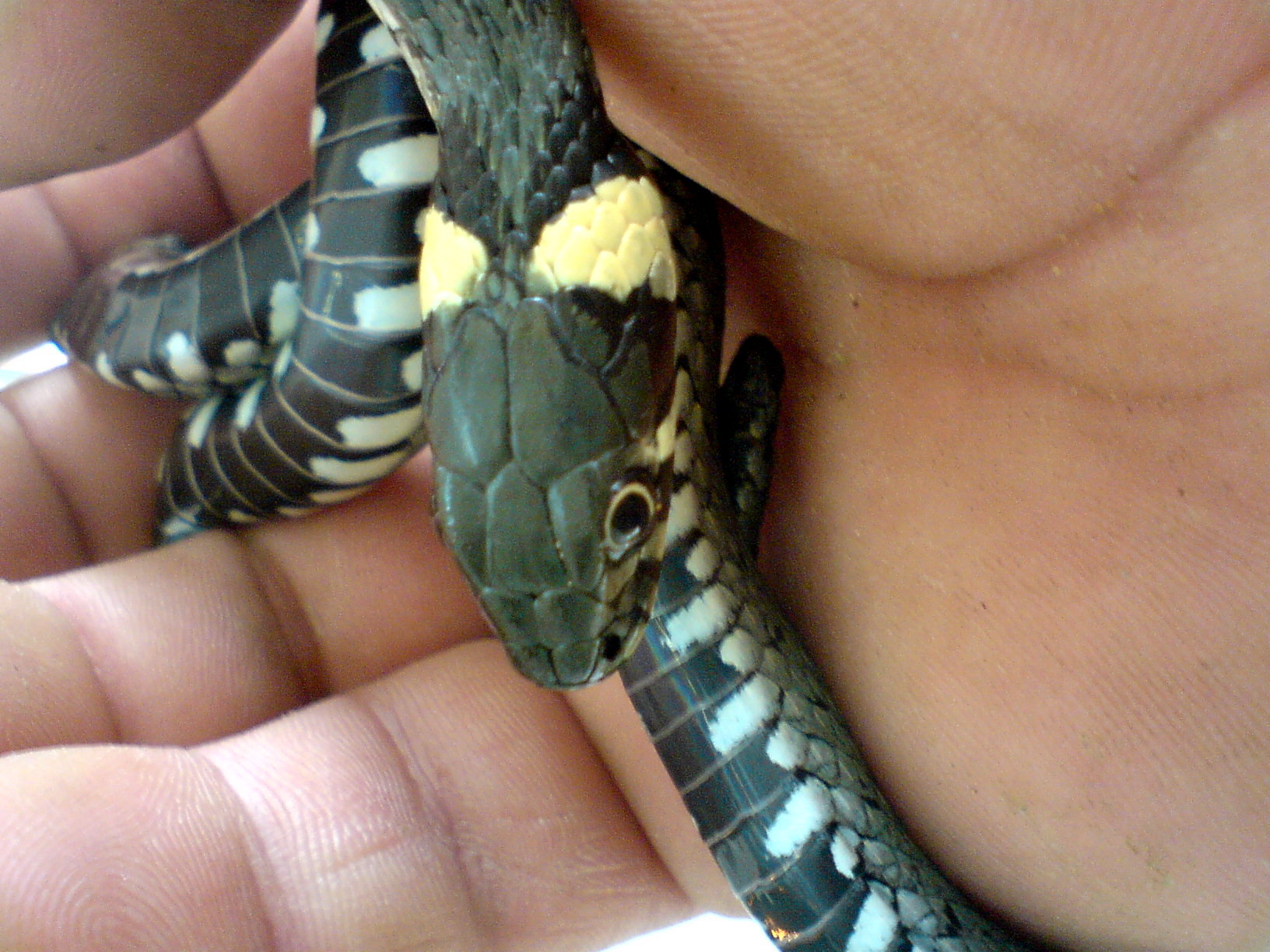|
Brusher Mills
Harry 'Brusher' Mills (19 March 1840 – 1 July 1905) was a hermit, resident in the New Forest in Hampshire, England, who made his living as a snake-catcher. He became a local celebrity and an attraction for visitors to the New Forest. Life Harry Mills was born on 19 March 1840 and lived at Emery Down near Lyndhurst until at least 1861. Around 1880 he took up residence in an old charcoal burner’s hutHarry 'Brusher' Mills national park heroes, www.nationalparks.gov.uk in the woodlands near Sporelake Lawn,A New Forest "lawn" traditionally refers to an open space in the woods where ponies and cattle feed. Sporelake Lawn was located in the Hollands Wood area () near the turning for New Park, on the road between Lyndhurst and Brockenhurst. about north of |
Sandpainting
Sandpainting is the art of pouring coloured sands, and powdered pigments from minerals or crystals, or pigments from other natural or synthetic sources onto a surface to make a fixed or unfixed sand painting. Unfixed sand paintings have a long established cultural history in numerous social groupings around the globe, and are often temporary, ritual paintings prepared for religious or healing ceremonies. This form of art is also referred to as drypainting. Drypainting is practised by Native Americans in the Southwestern United States, by Tibetan and Buddhist monks, as well as Indigenous Australians, and also by Latin Americans on certain Christian holy days. History Native American sandpainting In the sandpainting of southwestern Native Americans (the most famous of which are the Navajo nown as the Diné, the Medicine Man (or ''Hatałii'') paints loosely upon the ground of a hogan, where the ceremony takes place, or on a buckskin or cloth tarpaulin, by letting the colou ... [...More Info...] [...Related Items...] OR: [Wikipedia] [Google] [Baidu] |
Vipera Berus
''Vipera berus'', the common European adderMallow D, Ludwig D, Nilson G. (2003). ''True Vipers: Natural History and Toxinology of Old World Vipers''. Malabar, Florida: Krieger Publishing Company. . or common European viper,Stidworthy J. (1974). ''Snakes of the World''. New York: Grosset & Dunlap Inc. 160 pp. . is a venomous snake that is extremely widespread and can be found throughout most of central and eastern Europe and as far as East Asia. Known by a host of common names including common adder and common viper, adders have been the subject of much folklore in Britain and other European countries. They are not regarded as especially dangerous; the snake is not aggressive and usually bites only when really provoked, stepped on, or picked up. Bites can be very painful, but are seldom fatal. The specific name, ''berus'', is New Latin and was at one time used to refer to a snake, possibly the grass snake, ''Natrix natrix''.Gotch AF. (1986). ''Reptiles: Their Latin Names Explaine ... [...More Info...] [...Related Items...] OR: [Wikipedia] [Google] [Baidu] |
1840 Births
__NOTOC__ Year 184 ( CLXXXIV) was a leap year starting on Wednesday (link will display the full calendar) of the Julian calendar. At the time, it was known as the Year of the Consulship of Eggius and Aelianus (or, less frequently, year 937 ''Ab urbe condita''). The denomination 184 for this year has been used since the early medieval period, when the Anno Domini calendar era became the prevalent method in Europe for naming years. Events By place China * The Yellow Turban Rebellion and Liang Province Rebellion break out in China. * The Disasters of the Partisan Prohibitions ends. * Zhang Jue leads the peasant revolt against Emperor Ling of Han of the Eastern Han Dynasty. Heading for the capital of Luoyang, his massive and undisciplined army (360,000 men), burns and destroys government offices and outposts. * June – Ling of Han places his brother-in-law, He Jin, in command of the imperial army and sends them to attack the Yellow Turban rebels. * Winter – Zha ... [...More Info...] [...Related Items...] OR: [Wikipedia] [Google] [Baidu] |
Royal Forest
A royal forest, occasionally known as a kingswood (), is an area of land with different definitions in England, Wales, Scotland and Ireland. The term ''forest'' in the ordinary modern understanding refers to an area of wooded land; however, the original medieval sense was closer to the modern idea of a "preserve" – i.e. land legally set aside for specific purposes such as royal hunting – with less emphasis on its composition. There are also differing and contextual interpretations in Continental Europe derived from the Carolingian and Merovingian legal systems. In Anglo-Saxon England, though the kings were great huntsmen, they never set aside areas declared to be "outside" (Latin ''foris'') the law of the land.H. R. Loyn, ''Anglo-Saxon England and the Norman Conquest'' 2nd ed. 1991:378-82. Historians find no evidence of the Anglo-Saxon monarchs (c. 500 to 1066) creating forests. However, under the Norman kings (after 1066), by royal prerogative forest law was widely applied. ... [...More Info...] [...Related Items...] OR: [Wikipedia] [Google] [Baidu] |
Adverse Possession
Adverse possession, sometimes colloquially described as "squatter's rights", is a legal principle in the Common law, Anglo-American common law under which a person who does not have title (property), legal title to a piece of property—usually land (real property)—may acquire legal ownership based on continuous Possession (law), possession or occupation of the property without the permission (licence) of its legal owner. The possession by a person is not adverse if they are in possession as a Tenancy, tenant or licensee of the legal owner. In general, a property owner has the right to recover possession of their property from unauthorised possessors through legal action such as ejectment. However, in the English common law tradition, courts have long ruled that when someone occupies a piece of property without permission and the property's owner does not exercise their right to recover their property for a significant period of time, not only is the original owner prevented ... [...More Info...] [...Related Items...] OR: [Wikipedia] [Google] [Baidu] |
Balmer Lawn
Balmer Lawn is the name of a large New Forest Lawn located in an amphitheatre of woodland in the New Forest National Park in Hampshire, England. It is just north of the village of Brockenhurst.The lawn comprises about 500 acre of open low land grazing frequented by Forest stock. The name of the area comes from a distortion of the historical name Palmers Water - reference “Comyn’s New Forest” of 1817. Palmers Water was in fact a small settlement which has long since disappeared but was located to east of the ford on the Brockenhurst to Beaulieu road. The water being the Lymington River which separates Brockenhurst and the small settlement of Balmerlawn on the south side of the grazing lawn. The lawn of course remained and over time Palmers became Balmer, perhaps aided by the local dialect. The river crossing (now Brockenhurst Bridge) on the south west corner of the lawn area is thought to have been recorded as a ford in Roman Times and also mentioned in the Domesday Book. A ... [...More Info...] [...Related Items...] OR: [Wikipedia] [Google] [Baidu] |
Cricket
Cricket is a bat-and-ball game played between two teams of eleven players on a field at the centre of which is a pitch with a wicket at each end, each comprising two bails balanced on three stumps. The batting side scores runs by striking the ball bowled at one of the wickets with the bat and then running between the wickets, while the bowling and fielding side tries to prevent this (by preventing the ball from leaving the field, and getting the ball to either wicket) and dismiss each batter (so they are "out"). Means of dismissal include being bowled, when the ball hits the stumps and dislodges the bails, and by the fielding side either catching the ball after it is hit by the bat, but before it hits the ground, or hitting a wicket with the ball before a batter can cross the crease in front of the wicket. When ten batters have been dismissed, the innings ends and the teams swap roles. The game is adjudicated by two umpires, aided by a third umpire and match referee ... [...More Info...] [...Related Items...] OR: [Wikipedia] [Google] [Baidu] |
BBC Two
BBC Two is a British free-to-air public broadcast television network owned and operated by the BBC. It covers a wide range of subject matter, with a remit "to broadcast programmes of depth and substance" in contrast to the more mainstream and popular BBC One. Like the BBC's other domestic TV and radio channels, it is funded by the television licence, and is therefore free of commercial advertising. It is a comparatively well-funded public-service network, regularly attaining a much higher audience share than most public-service networks worldwide. Originally styled BBC2, it was the third British television station to be launched (starting on 21 April 1964), and from 1 July 1967, Europe's first television channel to broadcast regularly in colour. It was envisaged as a home for less mainstream and more ambitious programming, and while this tendency has continued to date, most special-interest programmes of a kind previously broadcast on BBC Two, for example the BBC Proms, no ... [...More Info...] [...Related Items...] OR: [Wikipedia] [Google] [Baidu] |
Great British Railway Journeys
''Great British Railway Journeys'' is a 2010-2021 BBC documentary series presented by Michael Portillo, a former Conservative MP and Cabinet Minister who was instrumental in saving the Settle to Carlisle line from closure in 1989. The documentary was first broadcast in 2010 on BBC Two and has returned annually for a total of 13 series. The series features Portillo travelling around the railway networks of Great Britain, Ireland and the Isle of Man, referring to ''Bradshaw's Guide'' and comparing how the various destinations have changed since; initially, he used an 1840s copy, but in later series he used other editions. Portillo has presented 8 other series with a similar format: '' Great Continental Railway Journeys'' (7 series; 2012–2020), ''Great American Railroad Journeys'' (4 series; 2016–2020), ''Great Indian Railway Journeys'' (2018), ''Great Alaskan Railroad Journeys'' and ''Great Canadian Railway Journeys'' (broadcast consecutively in January 2019), ''Great Aust ... [...More Info...] [...Related Items...] OR: [Wikipedia] [Google] [Baidu] |
Bird Of Prey
Birds of prey or predatory birds, also known as raptors, are hypercarnivorous bird species that actively hunt and feed on other vertebrates (mainly mammals, reptiles and other smaller birds). In addition to speed and strength, these predators have keen eyesight for detecting prey from a distance or during flight, strong feet with sharp talons for grasping or killing prey, and powerful, curved beaks for tearing off flesh. Although predatory birds primarily hunt live prey, many species (such as fish eagles, vultures and condors) also scavenge and eat carrion. Although the term "bird of prey" could theoretically be taken to include all birds that actively hunt and eat other animals, ornithologists typically use the narrower definition followed in this page, excluding both piscivorous predators such as storks, herons, gulls, skuas, penguins and kingfishers, as well as primarily insectivorous birds such as passerine birds (e.g. shrikes) and birds like nightjars and frogmouths. So ... [...More Info...] [...Related Items...] OR: [Wikipedia] [Google] [Baidu] |
London Zoo
London Zoo, also known as ZSL London Zoo or London Zoological Gardens is the world's oldest scientific zoo. It was opened in London on 27 April 1828, and was originally intended to be used as a collection for science, scientific study. In 1831 or 1832, the animals of the Tower of London#Royal Menagerie, Tower of London menagerie were transferred to the zoo's collection. It was opened to the public in 1847. Today, it houses a collection of 673 species of animals, with 19,289 individuals, making it one of the largest collections in the United Kingdom. The zoo is sometimes called Regent's Park Zoo. It is managed under the aegis of the Zoological Society of London (established in 1826), and is situated at the northern edge of Regent's Park, on the boundary line between the City of Westminster and the borough of London Borough of Camden, Camden (the Regent's Canal runs through it). The Society also has a more spacious site at Whipsnade Zoo, ZSL Whipsnade Zoo in Bedfordshire to which t ... [...More Info...] [...Related Items...] OR: [Wikipedia] [Google] [Baidu] |
Grass Snake
The grass snake (''Natrix natrix''), sometimes called the ringed snake or water snake, is a Eurasian non-venomous colubrid snake. It is often found near water and feeds almost exclusively on amphibians. Subspecies Many subspecies are recognized, including: ''Natrix natrix helvetica'' ( Lacépède, 1789) was formerly treated as a subspecies, but following genetic analysis it was recognised in August 2017 as a separate species, ''Natrix helvetica'', the barred grass snake. Four other subspecies were transferred from ''N. natrix'' to ''N. helvetica'', becoming ''N. helvetica cettii'', ''N. helvetica corsa'', ''N. helvetica lanzai'' and ''N. helvetica sicula''. Description The grass snake is typically dark green or brown in colour with a characteristic yellow or whitish collar behind the head, which explains the alternative name ringed snake. The colour may also range from grey to black, with darker colours being more prevalent in colder regions, ... [...More Info...] [...Related Items...] OR: [Wikipedia] [Google] [Baidu] |








